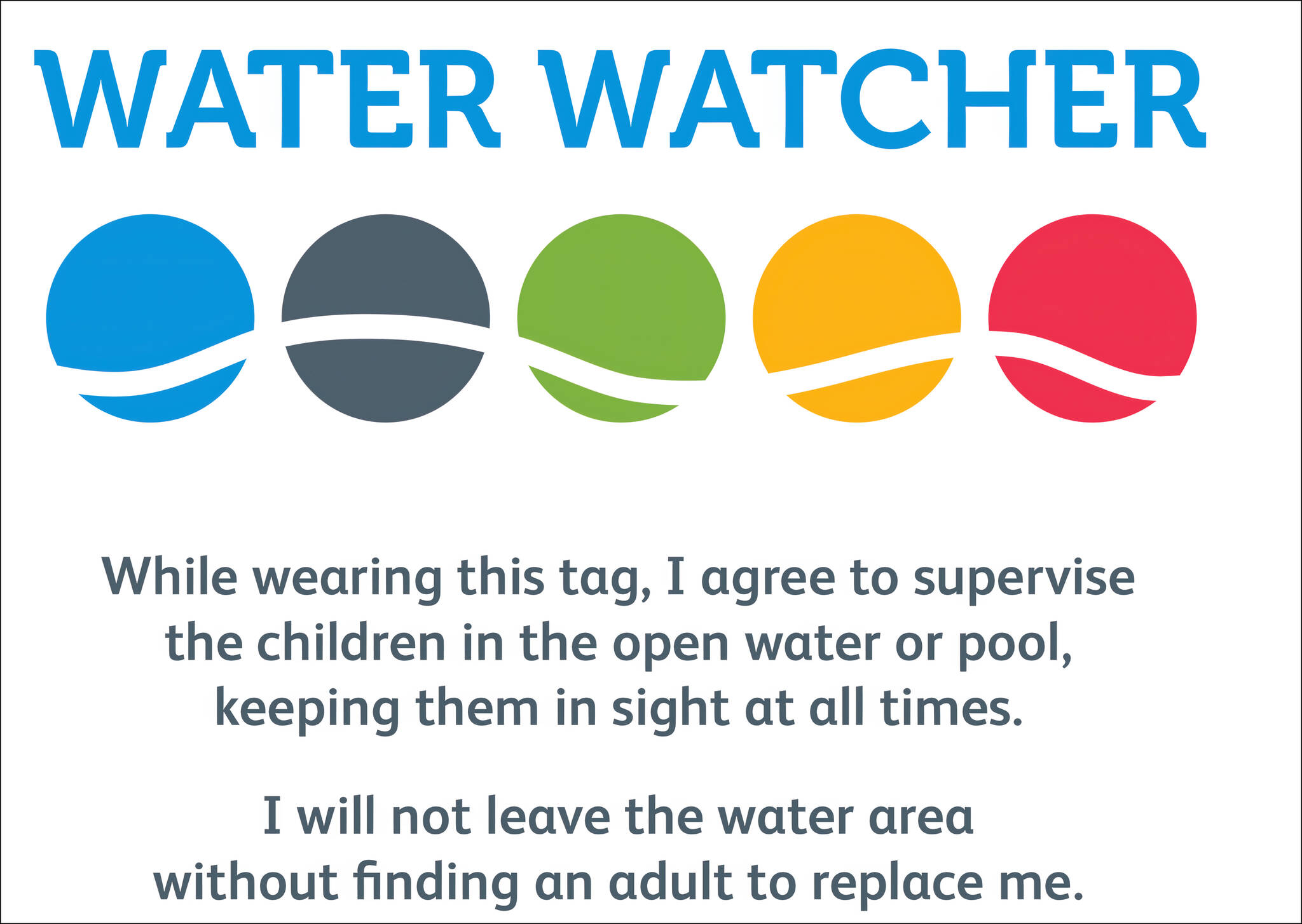Folks in parts of the U.S. have suffered under a heat dome this June. Here in the Pacific Northwest, we’ve enjoyed more gentle weather.
But the summer weather is here, and with school out, many families are heading for the water — boating, wading, beachcombing, fishing, and swimming. In this edition of VashonBePrepared and in the following weeks, we hope to help everyone be safer around the water and in the sun.
Drowning: A leading risk for kids
The Centers for Disease Control and Prevention (CDC) reports that the rate of toddler drowning has gone up sharply in recent years. It’s the number one cause of death for kids aged one through four years.
In fact, drowning is also a significant risk for adults, and a recent CDC study shows that more than half of U.S. adults have never taken a swimming lesson, a very important safety factor for the prevention of drowning deaths.
The National Drowning Prevention Alliance urges parents to learn the five layers of protection that could make a major difference in their child’s water safety. The five layers are:
Barriers and Alarms: Kids can be off like a shot to check out the pond or swimming pool. Fences and personal water alarms can help improve your awareness of what they are up to.
Supervision: Always designate an adult to be a water watcher, especially if you are in a location where no lifeguard is on duty.
Water Competency: Even tots can be introduced to water, which will help them be safer if they fall in or take an impulsive leap into the pond or pool.
Life Jackets: Coast Guard-approved life jackets can aid survivability in the water and allow time for rescue if a child falls off the boat or decides to jump into the backyard water feature.
Emergency Preparation: Learn CPR and be ready with a phone to call 911.
Check out this video to get more details on the five layers of drowning protection for kids: ndpa.org/layers. There’s a Spanish version of the video as well: ndpa.org/capas.
Prevent solar burn
There’s more to preventing sunburn than putting on sunscreen, although that’s certainly a critical step. Consider these suggestions compiled from the CDC, the Food and Drug Administration (FDA), and the American Academy of Dermatology websites. The tips will help ensure you don’t get a painful red burn while enjoying the sunshine.
Remember that long-term sun damage can prematurely age your skin and even cause skin cancer. The National Cancer Institute estimates there were 100,640 new cases of skin melanomas and 8,290 related deaths in the most recent full year of data.
In 2021, an estimated 1.4 million people were living with skin melanoma in the U.S. According to the CDC, about 6.1 million people are treated each year in the U.S. for basal cell carcinoma and squamous cell carcinoma, the two most common types of skin cancer.
Here are tips on properly using sunscreen:
• The sun’s ultraviolet rays (UV rays) pour down on us even on cloudy days and in the winter. If you’ll be outside, sunscreen works to protect you from UV rays.
• Use sun protection factor (SPF) 15 or higher.
• Ensure your sunscreen “blocks UVA and UVB” or has the words “broad spectrum” on the label.
• Apply sunscreen at least 20 minutes before you head outside.
• Apply sunscreen to all exposed skin, including ears, scalp, lips, neck, tops of feet, and backs of hands.
• Reapply at least every two hours and whenever you get out of water or sweat heavily. No sunscreen is entirely waterproof.
SaveTheReef.org urges you to use reef-safe sunscreen. Although there are no official regulations about reef-safe claims, the organization suggests reading the ingredients and selecting mineral-based sunscreen instead of chemical-based products.
“The term reef-safe typically means that the sunscreen contains only mineral UV-blocking ingredients like oxide and titanium dioxide,” said Joshua Zeichner, a board-certified dermatologist in New York City, cited on the Save the Reef website. “Both nano particle—a smaller particle size—and traditional zinc oxide sunscreens are safe and effective, and both will be considered safe for reefs. The only difference is the cosmetic feel on the skin.”
Reduce your sun exposure by:
• Wearing clothing to cover as much skin as possible — long-sleeve shirts, pants, sunglasses, and broad-brim hats to shade the face, head, ears, and neck.
• Wearing sunglasses that block both UVA and UVB rays.
• Staying in the shade, especially during midday hours.
• Avoiding indoor tanning facilities. Getting a “base tan” before your vacation damages your skin and does not protect you from sun exposure on your trip.
Don’t forget to drink plenty of non-alcoholic fluids.
Treating sunburn
• Take aspirin, acetaminophen, or ibuprofen to relieve pain, headache, and fever.
• Drink plenty of water.
• Soothe burns with cool baths or by gently applying cool, wet cloths.
• Use a topical moisturizing cream or aloe to provide additional relief.
• Do not go back into the sun until the burn has healed.
• If skin blisters, lightly bandage or cover the area with gauze to prevent infection. Do not break blisters, as that would slow healing and increase risk of infection. Apply antiseptic ointment if blisters break.
• Seek medical attention if you have a severe sunburn, especially if it covers more than 15% of your body, if you are dehydrated, if you have a high fever, or if you’re in a lot of pain.


